The starry sky is not just a lot of bright dots on a dark background. The entire firmament is divided into sections — constellations. Their names and forms seem strange and mysterious to us. And we can tell an interesting story about almost every one of them. But it’s worth starting with what constellations are and how they became what we know.
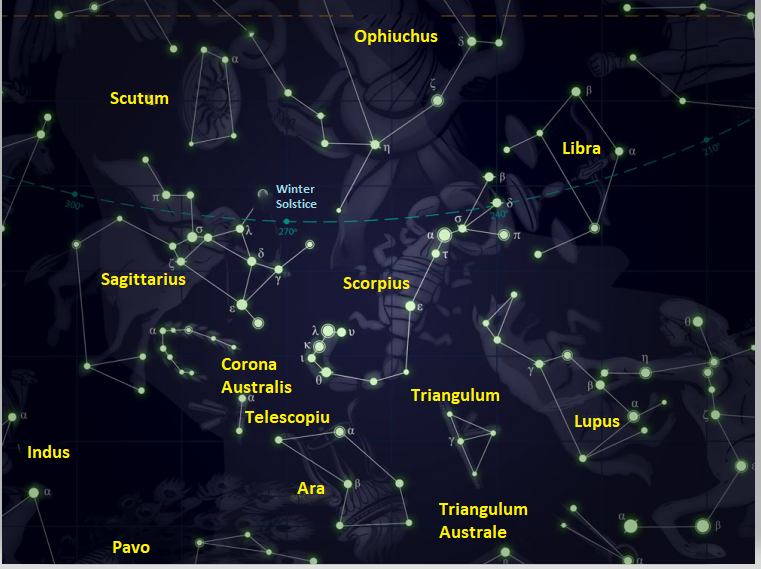
Ancient heroes in the sky
When people look at the night sky, the stars form different figures in their imagination. And in these figures we try to see something familiar: animals, people, objects surrounding us. Once upon a time, the idea of constellations was born. And meanwhile, each nation united the stars in its own way and saw something of its own in them.
But modern astronomy grew out of the ideas about the world of people who lived on the shores of the Mediterranean Sea. First it was the ancient Egyptians and Babylonians, then the Hellenes. And from them, through the Romans and the Arabs, these ideas came to modern science. It is not surprising that the names of stars and constellations include the layering of the cult of these peoples.
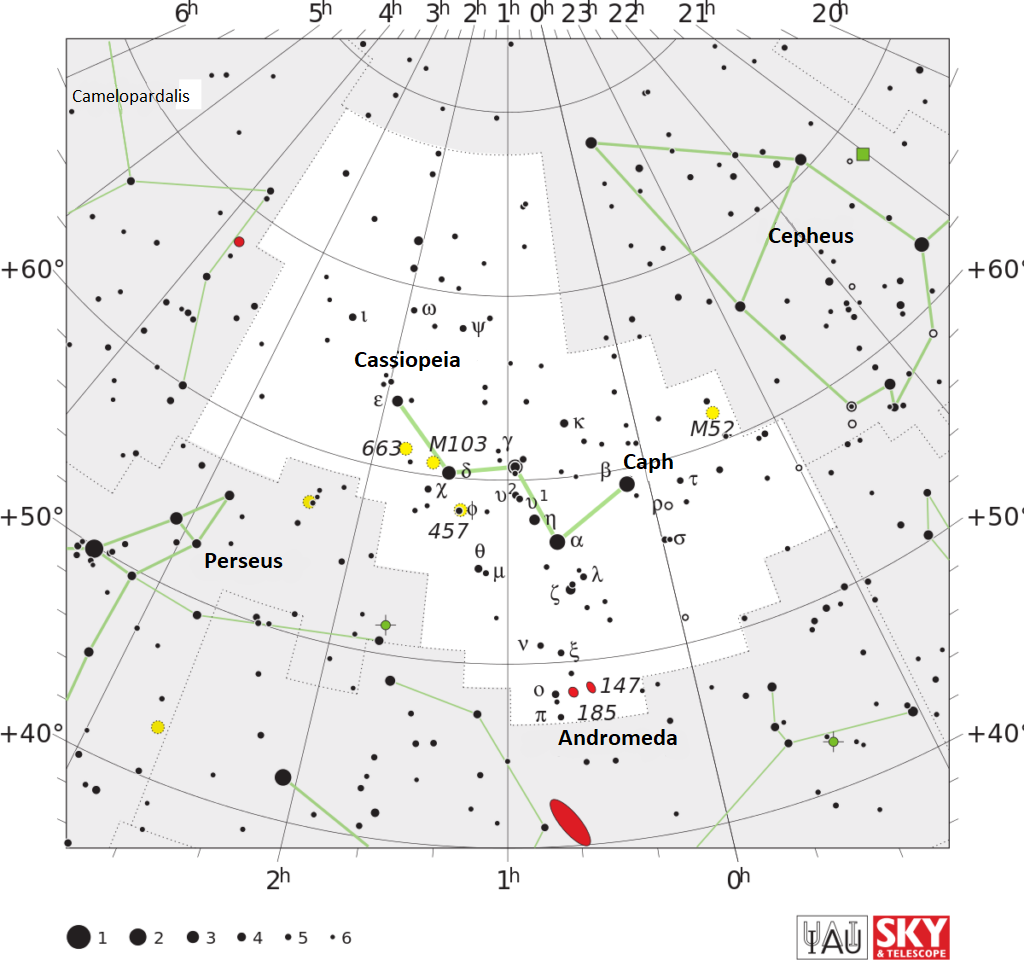
Most of all, there are ancient Greek heroes in the sky. There we can find almost all the main characters of the Perseus myth: Perseus, Princess Andromeda, her mother Cassiopeia, King Cepheus, the winged horse Pegasus and even the monster Whale.
There are enough characters from the myths about the hero of Hercules — both the hero and his enemies: Hydra, Cancer and Leo. Also, many constellations are dedicated to people (and not only) who were “taken to heaven” by the Olympic gods under different circumstances. Thus, the Ursa Major and the Ursa Minor are Zeus’ lover, the nymph Callisto and her favorite dog, who had to hide in the form of wild animals. Aquarius is several young men from Greek legends at once, although the most popular version is that it is actually Ganymede who brought wine to the gods.
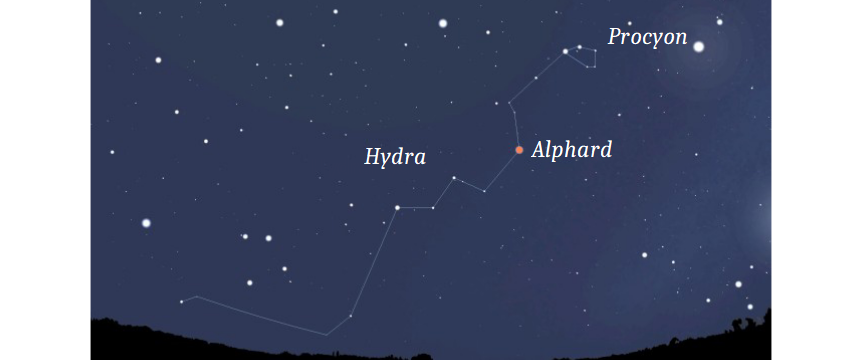
Star catalogues, telescope and southern sky
The first descriptions of the starry sky were precisely descriptions of constellations as figures. However, over time, astronomers began to explore the firmament more thoroughly, listing all the visible stars and compiling their catalogs. And already in one of the first such documents — the “Great Construction” of Claudius Ptolemy, better known by the Arabic name “Almagest” — there were 1022 stars.
Neither in 140 AD, nor several centuries later, no one really thought about the question to which of the constellations each of the positions in these catalogs refers. Only with the appearance of the telescope in Europe, it became obvious that there are many more stars than people have seen for millennia, and all of them need to be named somehow or at least designated.
The idea of attributing each of them to one of the already existing star figures looked logical. But what if the object in the sky is at the same distance from different constellations or, for example, away from any of the Greek heroes?
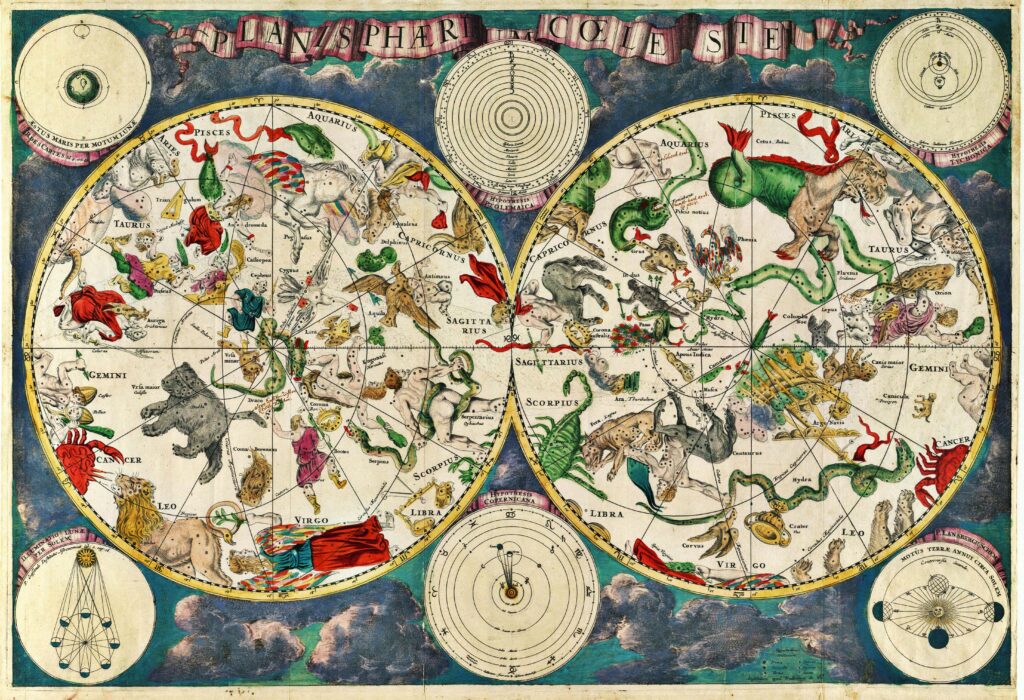
Also, the navigators have added work. They reached the southern latitudes and saw stars unknown to the Greeks and Egyptians. These stars formed previously unknown figures in the sky. It became clear that something must be done, but the final solution was found only in the XX century.
New and historical constellations
The first thing the astronomers did was to add a constellation where Ptolemy did not have them, but there were still “uncovered” stars. Their names usually came from animals or objects. So there was Lacerta, Musca, Chamaeleon, Tucana and a Phoenix, as well as Pyxis, Horologium, Triangulum, Caelum and Sextans. A new constellation of the Crux (Southern Cross) has taken a special position. Despite the fact that there is no analogue of the Polar Star in the Southern Hemisphere, it is the group of stars that is used by navigators for pointing to the south.
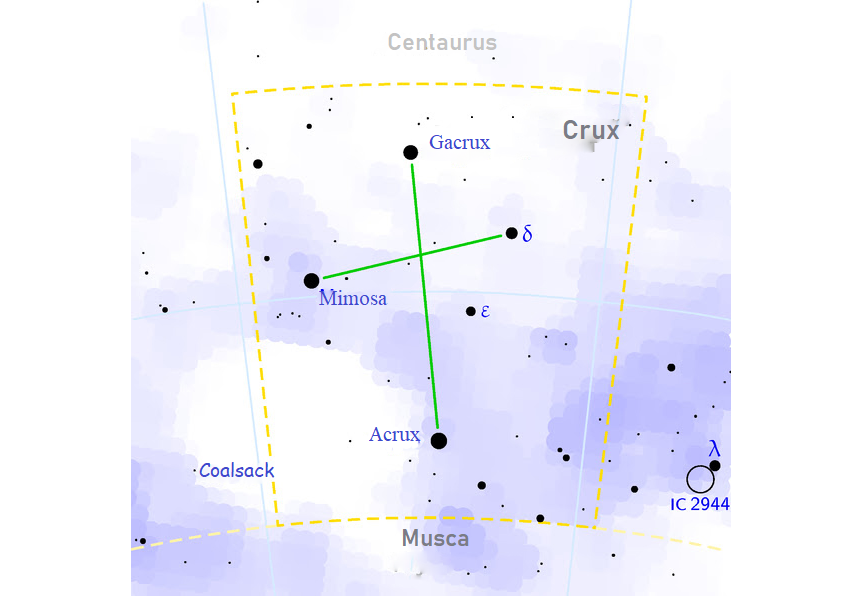
The fate of the Argo Navis (the Ship Argo) constellation is quite interesting. It was present in Ptolemy’s world map. But over time, astronomers thought it was too big, so it was divided into three parts: Carina the Keel, Puppis the Stern, and Vela the Sail. Also, a part of the luminaries of this constellation created a new Compass constellation. Also, a part of the luminaries of this constellation created a new Pyxis constellation (Compass).
But not all the names of the new constellations have taken root. For several centuries, astronomers competed in inventing more and more new figures in the sky. So, names appeared, but they did not get fixed — Antinous, Gallus, Musca, Tigris fluvius, Sentry Poles, Cancer Minor, Felis, Globus Aerostaticus, Battery of Volta and even Gladii Electorales Saxonici.
The last constellation was an attempt by the German astronomer Gottfried Kirch to appease his patron Johann Georg III. This attempt might look ridiculous if you didn’t know that another astronomer, Jan Hevelius, almost succeeded in such a trick. The constellation now known as the Scutum was originally called “Scutum Sobiescianum”. Diligent Hevelius named it after the Polish king, who at that time ruled many Ukrainian lands.

But the German astronomer Julius Schiller went a lot further in 1627. He really did not like that the constellations have pagan names, so he suggested changing them to Christian ones. For example, the zodiac should become the twelve apostles. In the XVII century, the position of the church was still quite strong, but practically none of the astronomers supported the innovations.
88 constellations
Passions stopped only in the XX century. The Second General Assembly of the International Astronomical Union in 1922 adopted a new concept of the constellation. Since then, this word has been called not a figure in the sky, but its area, along with all the astronomical objects located on it. The disputes about the boundaries of the constellations continued until 1937, but still, order was finally established in the firmament.
The modern celestial sphere is divided into 88 constellations, and there is not a single star on it that does not belong to any of them. That’s why the names of these areas don’t really matter. If desired, of course, you can see anything in them.
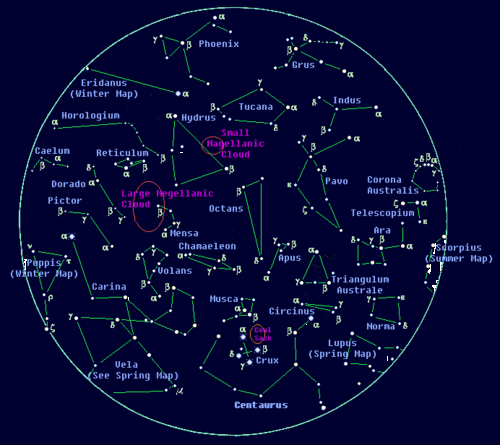
At the same time, it should be remembered that we see only a part of the celestial sphere during its rotation. Therefore, the visibility of constellations per year depends on the latitude of the observation site. For example, you can see all the constellations at the equator. But none of them can be observed throughout the year. At the poles, on the contrary: one celestial hemisphere is visible all year round (although the Sun stays there for six months), and the constellations outside it do not seem to exist.
Constellations of Ukraine
In this sense, Ukraine occupies an intermediate position. The northern circumpolar constellations are always visible, the rest of the northern and part of the southern constellations are only visible at certain times of the year. And a significant part of the southern constellations is not visible at all.
In particular, it is impossible to observe the Southern Cross from the territory of Ukraine. Also, constellation Carina does not rise above the horizon, in which the second brightest star of the night sky, Canopus, is located. We also do not see our nearest neighbor Alpha Centauri.
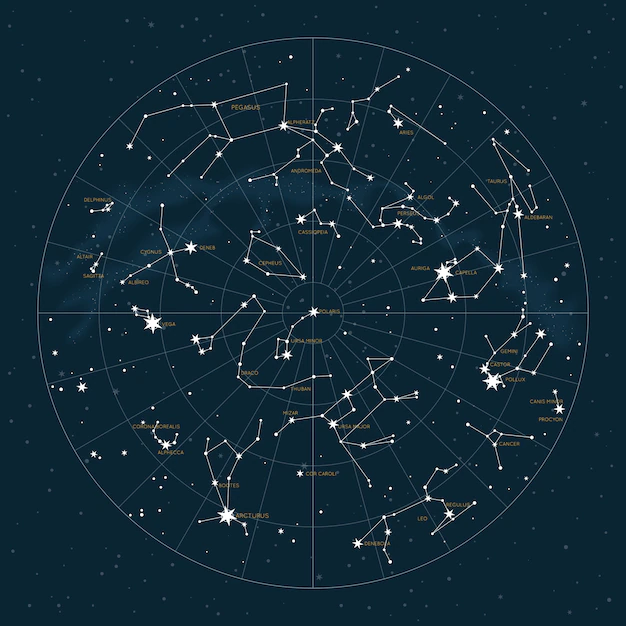
But most of the year in Ukraine we can observe the first star of the celestial sphere in brightness. This is the Alpha Canis Major, known as Sirius. It is so bright that on very clear days, when it is away from the Sun, it can be seen in the bright sky with the unaided eye.
Also, many constellations have their traditional Ukrainian names. So, the Ursa Major and Ursa Minor are called the Big Dipper and Little Dipper, Cassiopeia — Harrow or Apiary. The small constellation of the Delphinus is also called a Well, and the constellation of the Aquilae is a Girl with buckets.
Individual clusters of stars also have names. For example, the three stars forming the Orion belt — Alnitak, Alnilam and Mintaka — are traditionally called Kosari (Choppers). The scattered star cluster Hyades in Taurus is Chepigi, and the Pleiades in the same constellation are Stozhars.
It is possible to talk about specific stars and other celestial bodies included in each of the constellations for a long time. But it should always be remembered that they do not represent any spatial groups. In fact, they can be at great distances from each other. Constellation is simply certain directions in the sky from the point of view of ground observers. However, it becomes easier to focus on it, indicating in which of them a certain object or phenomenon is observed. Professional astronomers have long used different systems of celestial coordinates to search for observational objects.

